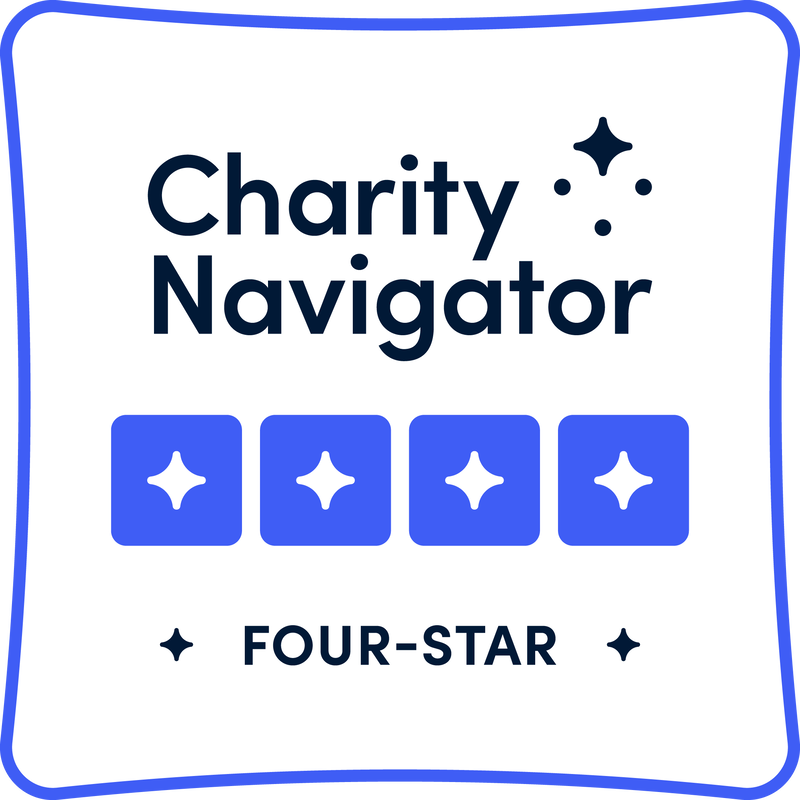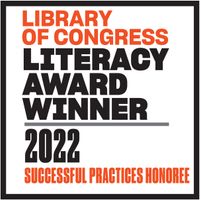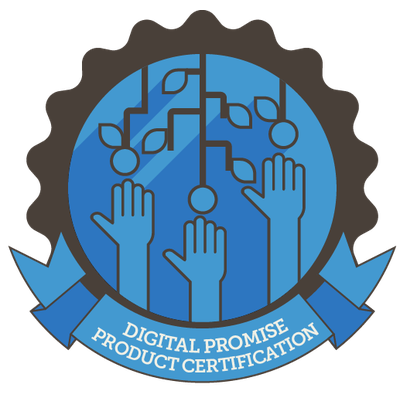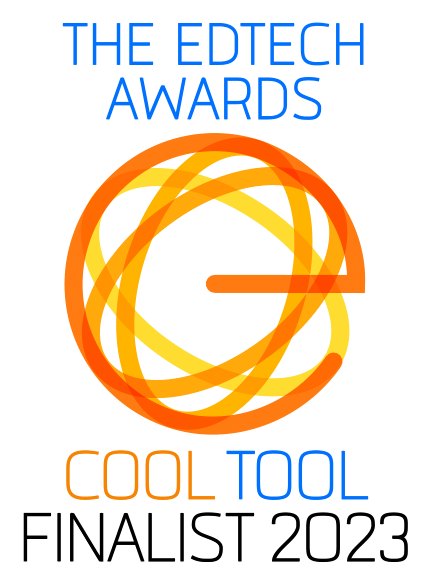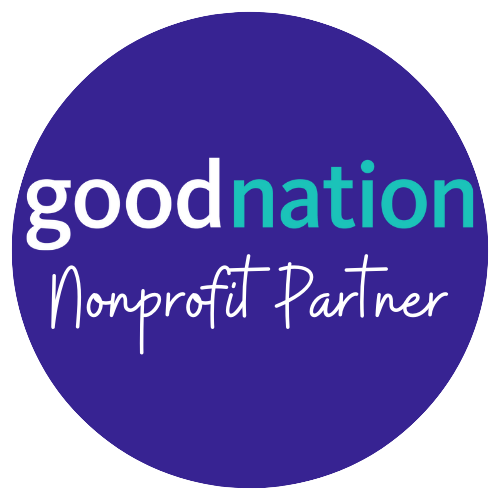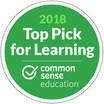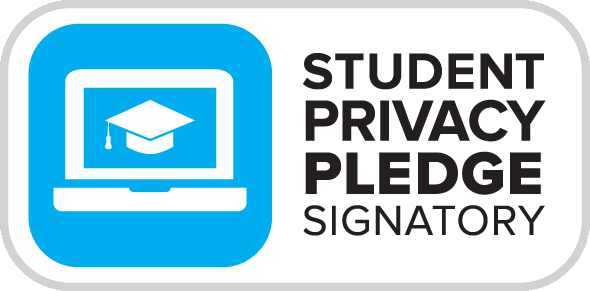|
Free Reading Materials Built to Fit Your Curriculum At ReadWorks, we believe in the power of accessible education for all, which is why we offer completely FREE reading comprehension resources designed for educators and students. Our extensive library includes thousands of high-quality, research-based articles across a range of topics and grade levels, all developed to boost literacy skills and foster a love of reading. Many of our texts are accompanied by a suite of tools, including vocabulary activities, comprehension questions, and digital supports, making it easy for teachers to supplement their lessons with these resources. With ReadWorks, educators can seamlessly integrate reading practice into their curriculum, ensuring every student has the opportunity to thrive. Increasing Background Knowledge Empowers Students Whether it be learning new concepts in science class or diving into history topics, students who have more background knowledge are better equipped to think critically and connect concepts across subjects. Background knowledge acts as a foundation upon which new information can be built. With this foundation, students can better interpret texts, grasp complex concepts, and engage in higher-order thinking. This prior knowledge helps bridge gaps in understanding, making new material easier to digest. Background knowledge not only enhances reading comprehension but also empowers students to become more confident and independent learners. By adding more reading into your curriculum, you can continue to empower your students to dive deeper into the themes and topics covered in each lesson. New ReadWorks Curriculum Alignments ReadWorks is excited to announce our expanded curriculum alignment offerings! Our team is constantly on the lookout for more ways to seamlessly weave our resources into educator lesson plans. Along with our Amplify CKLA and NGSS alignments, we now have three new curated alignments for these curricula: Picture this: you're diving into a unit on "Cinderella Around the World" and need that perfect supplementary text to engage your students. ReadWorks has got your back! Our new alignments feature high-quality texts matched to your curriculum, building student background knowledge around those important and interesting topics. These passages are grouped by grade and unit, ready to be digitally assigned, printed, or projected to the whole class. Each text comes with an interactive vocabulary activity and comprehension questions, so your students can dive even deeper into what they’re already learning in the classroom. Don’t wait—hop over to our Alignments page and discover even more ways ReadWorks can support your classroom instruction! Written by: Caitlyn Meager, Content Development Specialist
0 Comments
 ReadWorks ReadWards We're excited to announce our new "Forward to a Colleague" feature in some of our emails! When you forward our emails with this special logo to a fellow teacher you will be entered into a monthly drawing for a $10 gift card. As a nonprofit, we don't have the same advertising budget as other educational technology organizations. That's why we rely on the incredible support of teachers like you to help spread the word about the amazing resource that is ReadWorks. If you have signed up for our newsletter or have a ReadWorks account, you will receive these special emails to be entered in the program. Don't miss out. Make sure you are signed up for our emails! Whether your back-to-school is in early August or early September, start off the school year with reading passages from ReadWorks, a top-rated knowledge-building curriculum supplements! We've been busy preparing for you this summer, and we are thrilled to announce this fabulous list of updated and new resources and teacher support for reading comprehension! New Resources
"Before launching to all of our educators, ReadWorks pilots every new product with teachers in the classroom. We build our products on the most current educational research, and then through these pilots, we refine to best support the realities of the classroom. Thank you to all of our partner teachers who help us always improve!" Written by:Melissa Calder, Director of Marketing and Engagement, ReadWorks What is Reading Comprehension? Reading comprehension is the ability to understand, interpret, and analyze written text. It involves not only decoding the words on the page but also grasping the meaning behind them, making inferences, and connecting the content to prior knowledge or other texts. Effective reading comprehension requires a combination of several skills, including:
Reading Comprehension Strategies ReadWorks resources are one hundred percent free! All you need is an email address to access more than 6,000 texts to use with reading comprehension strategies. Everything we create is built on the science of reading and promotes building background knowledge, growing vocabulary, and strengthening strategic reading. Our keystone comprehension strategy is Article-A-Day (AAD). It is a built-in program that takes a few minutes to set up for your child or student. It includes three to six reading passages for several core topics and your choice of inferring or express question sets. Research has shown that using AAD for at least 15 weeks of the school year significantly improves reading comprehension. See the research. Reading Comprehension Texts and Question Sets Our free reading comprehension texts and question sets can be used through printing or through a digital assignment. The very print-friendly Article-A-Day Sets with nonfiction decodables can be used as a reading comprehension worksheet. Testing students’ knowledge with question sets is helpful to understand what information was and wasn’t comprehended after reading the text. This can be helpful for a whole class, small group reading, or individual students who may have an IEP for reading. Kindergarten Reading Comprehension Exercises and Printable Worksheets Example: Shapes In Quilts Article-A-Day Set First Grade Reading Comprehension Exercises and Printable Worksheets Example: All Sorts of Animals Article-A-Day Set Second Grade Reading Comprehension Exercises and Printable Worksheets Example: All About Space Article-A-Day Set Third Grade Reading Comprehension Exercises and Printable Worksheets Example: Helping Nature Itself Article-A-Day Set Fourth Grade Reading Comprehension Exercises and Printable Worksheets Example: Medicinal Plants of Latin America Article-A-Day Set Fifth Grade Reading Comprehension Exercises and Printable Worksheets Example: Sports Around The World Article-A-Day Set Written by:Melissa Calder, Director of Marketing and Engagement In the ever-expanding landscape of educational technology, it’s crucial for educators to discern which tools truly deliver on their promises. Recently, at the 2024 ISTE conference #IsteLive, several top leaders in edtech efficacy review work outlined five quality indicators that define a reliable and effective educational app. We are proud to announce that ReadWorks not only meets but excels in each of these areas, cementing our place among the top credible edtech organizations on EdSurge’s Index. We've also added an extra sixth quality! Check it out! 1. Safe At ReadWorks, we prioritize the safety and privacy of our users above all else. Our commitment to protecting the privacy of both educators and students is unwavering. Here’s how we ensure safety:
The efficacy of our products is grounded in rigorous, evidence-based research. Here’s why ReadWorks stands out:
Inclusivity and accessibility are at the core of ReadWorks’ mission. Here’s how we ensure every learner can benefit:
Ease of use is a hallmark of ReadWorks, as consistently highlighted by our teacher users. We have received the Learner Variability Certification from Digital Promise, underscoring our commitment to usability and adaptability. For more details, see our accessibility statement. 5. Interoperable Integration with other technologies is essential in today’s digital learning environments. Here’s how ReadWorks ensures interoperability:
ReadWorks is a unique entity in the edtech space, distinguished by its mission-first focus as a nonprofit organization. To underscore this uniqueness, we have added a sixth quality: Access. At ReadWorks, our mission is to deliver high-quality resources without any barriers related to cost. Our resources are 100 percent free, making us the only edtech platform that provides completely free, research-backed, high-quality educational materials. ReadWorks is dedicated to providing a safe, evidence-based, inclusive, usable, and interoperable platform for educators and students. These qualities not only make us a trustworthy edtech tool but also a valuable partner in the journey of educational excellence. Explore more about our offerings and join us in transforming reading education for all students. Written by: Melissa Calder, Director of Marketing and Engagement
ReadWorks upcoming series of professional development webinars are designed to support and enhance teacher instruction! ReadWorks is more than free reading passages and worksheets! We are dedicated to providing educators with even more of the tools they need to support student reading comprehension. Our new webinars cover a variety of topics, including effective instructional strategies, integrating digital resources, and utilizing our platform to its fullest potential. The New Science of Reading Beyond Phonics Webinar Series highlights the ReadWorks products that will build background knowledge, grow student vocabularies, and allow early readers to practice decoding. Register for all three to complete the whole series! Every registrant receives a recording of the webinar. Every attendee receives a professional development certificate. Complete all three and show off your progress with a science of reading certificate. Choose to complete all three in one week or select your dates below.
Upcoming Webinar Highlights:
Why Attend?
Written by: Melissa Calder, Director of Marketing and Engagement Exciting Partnership with Google for Education Enhances ReadWorks Accessibility and Integration6/28/2024 Announcing several exciting developments as a result of our new partnership with Google for Education. Recognizing the proven benefits and efficacy of ReadWorks materials for reading comprehension, Google for Education has integrated ReadWork FREE resources directly into their workspace, significantly enhancing the teaching and learning experience. Seamless Integration with Google Classroom add-on Teachers can now access and utilize ReadWorks within Google Classroom through add-ons. This integration allows educators to create engaging learning experiences that they can personalize, manage, and measure with ease. Our tech team has worked closely with the Google for Education team to ensure a user-friendly experience. Teachers can now search for and assign passages directly within their school/district workspace, making it simpler than ever to incorporate high-quality reading materials into their lessons. ReadWorks eBooks in Google’s ReadAlong App In addition to the Classroom integration, Google for Education has also included ReadWorks' eBooks in their new AI reading assistant app, ReadAlong. This innovative app leverages artificial intelligence to support young readers in improving their reading skills, making our eBooks even more accessible and enjoyable for students. Single Sign-On for Google Users We are also pleased to announce that teachers who use Google can now take advantage of single sign-on (SSO) through ReadWorks. This means that your Gmail address can be used to access ReadWorks, eliminating the need to create a separate password. This feature is designed to make it even easier for teachers to integrate ReadWorks into their daily routines. Promoting the Partnership at ISTE To publicly kick off this partnership, our Executive Director, Terry Bowman, presented detailed information about ReadWorks, Google Classroom add-ons, and the ReadAlong app to a large and engaged audience at the Google for Education booth during the International Society for Technology in Education (ISTE) conference in Denver, Colorado. The enthusiastic reception from educators and tech enthusiasts alike highlights the potential of this collaboration to foster student engagement and improve reading proficiency. These new features and integrations are all part of our ongoing commitment to support educators and enhance the learning experience for students. We are excited about the opportunities this partnership with Google brings and look forward to seeing the positive impact on classrooms around the world. Written by: Melissa Calder, Director of Marketing, ReadWorks
Ensure ReadWorks is Enabled for the School Year! Is ReadWorks included in your list of approved applications for the 24-25 school year? Is it installed as a Google Workspace add-on? As you know, ReadWorks is a FREE resource, which might result in it being overlooked during the school or district edtech approval process that is typically associated with paid education technology software. Don't let ReadWorks fall through the cracks! It offers high-quality educational content at no cost. Here are a few steps to ensure ReadWorks remains accessible to our students and educators:
What is Inferencing? Inferencing is the ability to draw and connect clues from text, images, and behaviors to reach a conclusion that is not directly stated or shown. People utilize inferencing in more aspects of their lives than simply reading books, and building up a student’s inference skills helps them to improve their reading comprehension, understand behaviors, and develop critical thinking skills that go beyond the classroom. How to Find Inferencing Tools on ReadWorks At ReadWorks, we know that many teachers work on finding the main idea, or identifying themes with their students. The science of reading does tell us that these skills are important, but it also tells us that they aren't skills that transfer easily across texts. It takes practice among many texts. That is why we created the Inferring Question Set Filter. When you search our content with this filter selected, you will find strong texts and question sets to help student scaffold and build inferencing skills among many different types of texts. You can even filter the inferring question sets by author's purpose, main idea, and theme. Utilizing research-based reading comprehension strategies, our text-dependent question sets will have your students reading between the lines in no time, while fostering a deeper understanding of the text and bolstering their reading comprehension. How to Teach Inferencing Question sets whether you use an express or full set after a ReadWorks article are a great way to develop students’ metacognitive practice to be a successful reader. They can plan their reading in relation to specific goals, as well as monitor and evaluate their reading as they progress. ReadWorks text-dependent question sets provide carefully scaffolded practice in activating prior knowledge about text structure, inferring, monitoring and clarifying, and questioning. They help readers engage with texts and dig deeply into what they're reading. Early research shows that students benefit from regularly doing our question sets, as their multiple-choice-question correct rate increases as they do more question sets. Inferencing Activities ReadWorks has specific inferring question sets that include questions that provide practice in multiple key reading strategies with a focus on the strategy of inferencing. The following is an example template of a 10 set question set specifically reinforcing inferencing:
You can filter articles and texts by selecting Inferring question sets under Activity Type in our Content Search Engine. Learn more about all the ReadWorks tools on our Teacher Guide! Please share this blog post with a teacher!
We are thrilled to announce our 2024 ReadWorks Super Teacher Awards! Super Teachers represent an exceptional group of educators whose consistent use of ReadWorks resources drives remarkable success in their classrooms. The ReadWorks team is proud to honor the hard work and dedication of these outstanding teachers and their students. As a mission and data-driven organization, ReadWorks relies heavily on information and teacher activity to guide our decisions, including this selection of our Super Users. Here’s a look at how our Super Teachers stand out by the numbers: Article-A-Day — top 10% of teachers using this amazing program Super Teachers consistently assign Article-A-Day to their students. Super Teachers make an impact on their students’ background knowledge, vocabulary, and comprehension. Question Sets — top 10% of teachers using question sets to enhance reading time Super Teachers actively assign Question Sets to their students. Their students are able to cultivate a thorough understanding of ReadWorks passages by practicing key reading strategies while scaffolding important information. Print, Project, and Assign Texts — top teachers who do this the most Super Teachers print, project, and assign an exceptional amount of ReadWorks content. Their students’ reading instruction is brimming with the science of reading! Meet ReadWorks’ Top 10 Super Teachers
"I use ReadWorks to work on reading stamina, writing improvement, and IEP goals. From the Article-A-Day, question sets, paired texts, and book studies I am able to help my students become successful readers!" Whether you’re a first-time ReadWorks user or a long-time ReadWorks veteran, you are a valuable part of the ReadWorks community! We are committed to creating resources that help you soar. Educators, we see you — and we celebrate you.
|
Categories
All
Archives
July 2024
|
|||||||||||||||||||||||||||||||||||




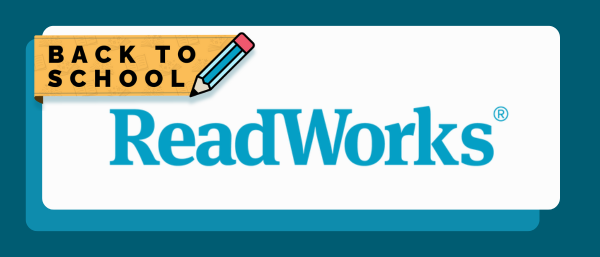







 RSS Feed
RSS Feed 








